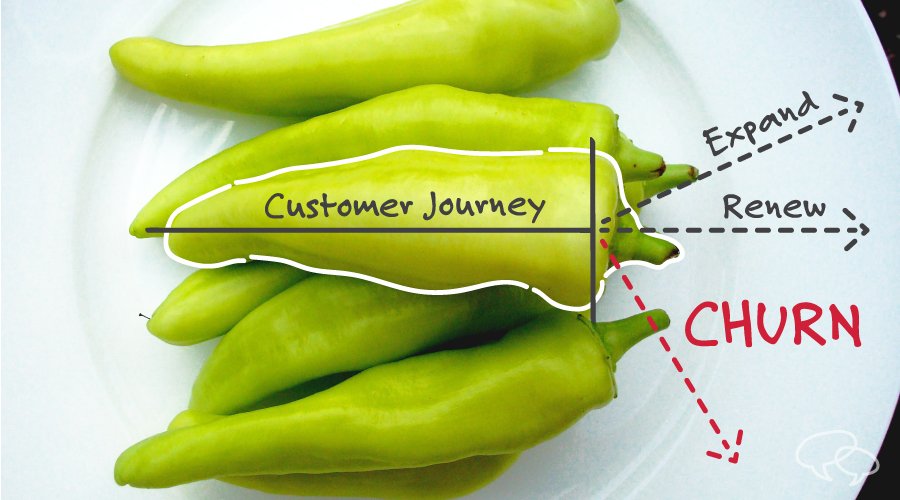My favorite salad and sandwich shop—where I’ve been eating lunch for many years—instituted mobile ordering last year. I used to go into the store and eat, or pick up a salad to go, but over the past few months, I’ve been pre-ordering on the mobile app so I can just fly in and out with my lunch order.
Last week I found myself in that shopping center at lunchtime and decided I was hungry. So I did what I hadn’t done for months—I walked in and ordered a salad from the counter.
And it was depressing.
They used to know me! They knew I preferred half of their usual amount of banana peppers. They knew I liked the spicy chicken and not the breaded chicken. And they knew I liked wheat rolls instead of white.
But we lost that relationship when I switched to mobile ordering. I didn’t recognize their employees—and they sure didn’t recognize me!
Sure, they have lots of information about me from their app. They can monitor my order history. They can measure my purchases against trends in the market. And they can track my satisfaction through surveys.
But in moving our relationship from the store to my phone, they lost the opportunity to communicate with a salad-buying customer—all for the sake of better metrics.
Communication Starts With the Messages
I’m not simply bemoaning the death of customer service. That’s been argued enough.
But along with the improvements in service, profitability, and efficiency that came with their technology—they lost the art of communication with their customers. Once I became a profile in a computer, I stopped being a human that makes decisions based on actual conversations in the store.
The same challenge could be occurring in customer success organizations across all industries. Managing issue resolution and measuring customer satisfaction is critical to maintaining a healthy customer subscription base and reducing the barriers to renewal.
However, research conducted by my company shows that telling the wrong story at the wrong moment in the customer lifecycle could have tremendous negative impact on their intention to renew—and their likelihood to seek other solutions. And it could be causing the churn that they’re desperately trying to avoid.
To “Challenge” Or Not?
Many companies are training their sales teams in a provocative, challenging sales model that we’ve proven to be effective when you’re trying to convince a prospect to change their status quo. We call that developing a “Why Change” message.
However, when customer success and account management teams are trying to retain customers, a provocative message can backfire. In fact, a recent survey showed 67 percent of companies are using the least effective message framework for renewal conversations.
Our research showed that using a provocative message in renewal situation makes customers 10 percent more likely to switch or shop around for other alternatives. In other words, using that disruptive message framework at renewal time makes your customer success team’s job 10 percent harder! On the other hand, giving them the right message framework for a renewal conversation would sure make that job easier. We call that framework the “Why Stay” story.
Cracking the Code for Communicating Price Increases
Your sales team strives to negotiate the best price they can when a new customer comes on board. But make no mistake: Those new customer acquisitions can eat into your profitability, particularly when you factor in the discounting that might’ve happened during the deal, not to mention the costs that often arise from over-servicing new accounts in the early days. As a result, many customer success and account teams need to make up some profit margin that may have leaked out during the sales process. One way to do that is by increasing the price at renewal time.
But how is your customer success team communicating a price increase? At what stage of the relationship are they bringing it up? And how confident do they feel in handling this notoriously delicate conversation?
Unfortunately, it’s a major exposure at many companies. Additional research indicates that using the wrong message framework and conversation strategy can cause attitudes to be nearly 20 percent less favorable about the message while making customers 16 percent more likely to switch to another vendor.
It’s no wonder that another Corporate Visions survey showed that only eight percent of companies are “very confident” in their price increase requests and that four out of five companies want more structure around price increase messaging. That structure should come from an effective message framework, with an anchoring strategy for price increase conversations that are tested and proven to yield the most favorable results. That’s what we call the “Why Pay” message.
Modern customer success organizations have aligned people, processes, and technology in amazing ways to keep customers happy and maximize utilization of their services across the organization. But for all that investment, the research shows it could be the messages you’re using in your customer conversations that are working against you and potentially contributing to your customer churn.
The same is true in my relationship with my local salad restaurant. Darn banana peppers.






